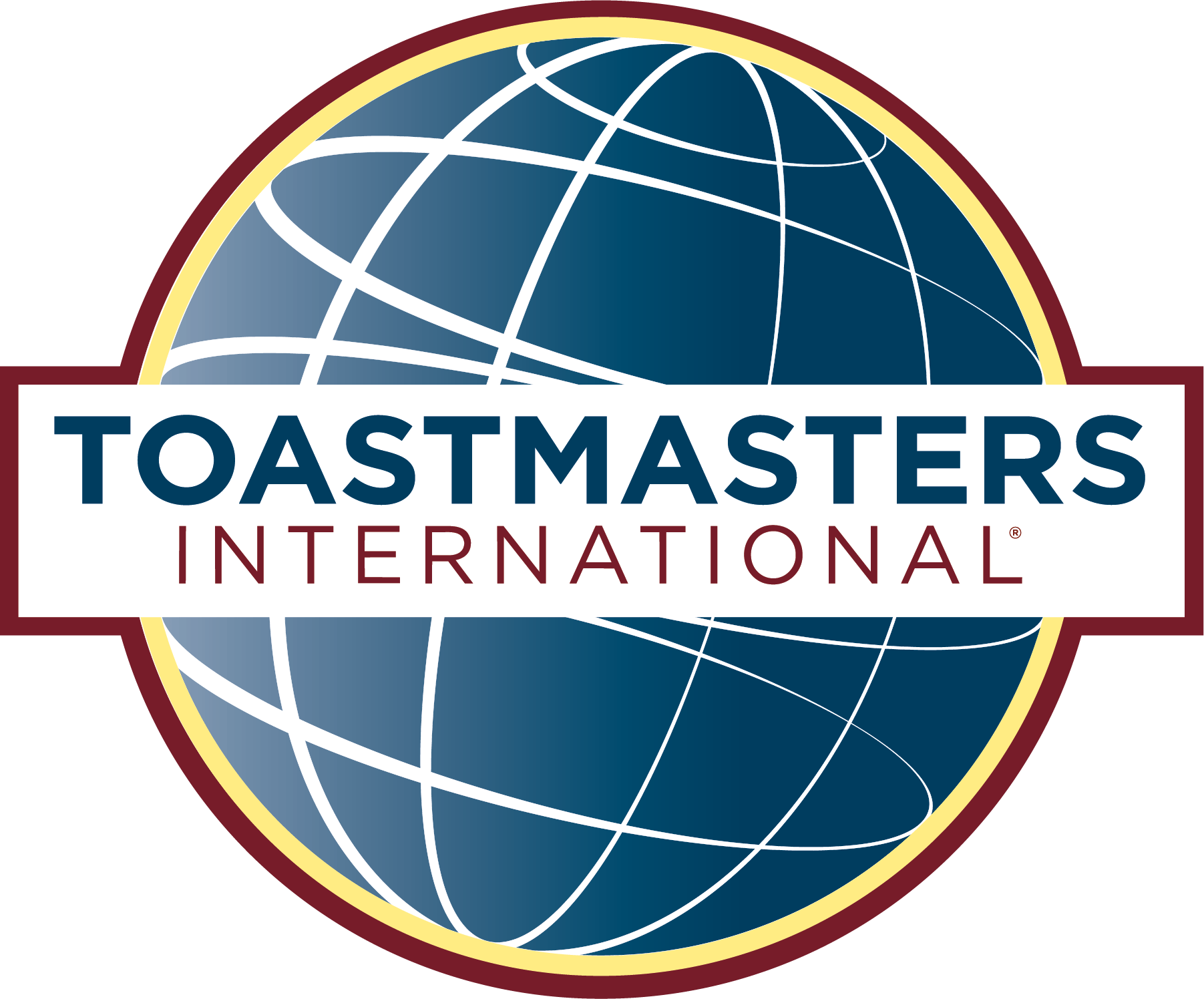Everything you need to know about ...
All members should read the forward agendas to gain warning of pending assignments, so that sufficient preparation can be given to the allotted assignment. There are 4 speaking assignments on the meeting program, and the forward agenda provides plenty of warning of a speaking role at a club meeting.
Club members are encouraged to make every speech, a Pathways speech. This means that every speech should be striving to achieve the objectives from a project in the Pathways program. After some public speaking experience has been achieved, members may wish to deliver a module from the various leadership series that are available from Toastmasters International.
While you are a new member, you will be working through the Pathways path and it is good practice to prepare well for each speech. You should consult with your Mentor, particularly at the early stages, or seek assistance from any experienced member if you feel that you need assistance.
Preparation for a speech includes reading the notes supplied with each project in Pathways, to gain an understanding of the objectives that you should strive to achieve with your speech. Use resources to find materials for your speech, such as books, magazines, newspapers and the Internet. The Toastmasters International website contains volumes of information on various issues and has VLE (virtual learning experience) videos to help with a range of subjects.
Once you have selected a topic on which to talk, it is advisable to rehearse your speech out loud, a good number of times to become comfortable with the delivery. Use a stopwatch, phone or tablet every time you rehearse your speech to determine the length of your speech.
If your delivery is under, or over the time limits found in the objectives box of the speaking project, make the necessary adjustments to correct the time of your delivery. If the time limit for the speech project is 5 to 7 minutes, aim for about 6 to 6.5 minutes, because when you actually deliver your speech at the Club meeting, you may forget a part making the speech a bit shorter, or you may add an extra material lengthening the speech. It is recommended that you don’t vary from your rehearsed speech, but in the heat of the moment you sometimes forget, or say things that you had not planned. Pay particular attention to this, because the timing of the speech is equally as important as the other objectives of the speech.
The parameters of timing limits are 30 seconds under or over, i.e. a 5 to 7 minutes speech will be within the parameters of the time limits if the speech finishes at 4 minutes 30 seconds, or at 7 minutes 30 seconds. Finishing under 4 minutes 30 seconds or over 7 minutes 30 seconds is deemed to be outside the time limits. These time limits comply with Toastmasters International speech contest time limits and should be adhered to for all speeches delivered at Miranda Toastmasters club.
Delivering a speech without notes is preferable to using notes, because the use of hand gestures, body language and facial expressions will be far more effective. Also, it is far easier to maintain an effective eye contact with the audience without the restriction of reading notes. However, you may feel that you need to use notes to deliver a speech, and this is quite acceptable. There is no rule that states that notes are not to be used. There is an art to delivering a speech from notes, and done properly, the audience quite often forgets that the speech was delivered from notes. The use of notes or not is entirely your choice.
Optional: A speaker may create an introduction that contains pertinent background for the speech. An informative introduction can be very beneficial but it must be brief, about 30 seconds. If you wish to use such an introduction, you should ask the Toastmaster to use it prior to the speaking session commencing, and explain its purpose. If your prepared introduction has the potential to place strain on the time available for the speaking session, the Toastmaster may elect not to use it. This should be worked out prior to the speaking session commencing.
Evaluation resources: Before delivering your speech, provide your appointed evaluator with a printed copy of the evaluation materials for the applicable Pathways project for your speech.
The Toastmaster will introduce you to the audience and invite you to the lectern. Once you are in position at the lectern, or the speaking area, acknowledge the Toastmaster and the audience before you begin your speech. This can be done by saying something like, “Mr or MadamToastmaster, fellow Toastmasters and guests”. Another way of beginning your speech is to deliver your opening statement, pause and then say the above acknowledgment.
You will develop your own style as you gain experience and see how experienced speakers begin their speeches. The important thing is to be courteous and friendly.
Remember, never say “thank you” at the conclusion of a speech. Contrary to popular belief, you are not required to say “thank you” at the conclusion of a speech, in fact, it is the audience who thanks you by way of applause. The conclusion of a speech should be worded in such a way, that it is obvious to the audience that the speech has finished. Once you have spoken your last word, pause and then indicate to the Toastmaster with an open arm gesture, that you are passing the control back to him/her. You may also conclude by looking at the Toastmaster and saying “Mr/Madam Toastmaster”.
